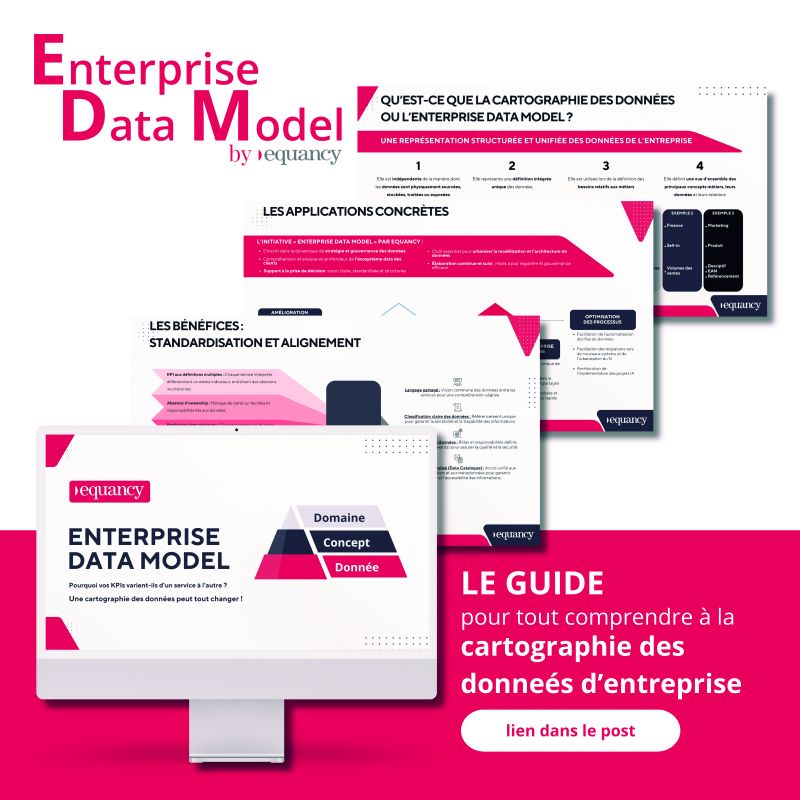1. Preparation, audit and planning:
These are your watchwords for migrating to GA4. Understand its events and parameters, audit your data, and plan with a clear plan and preliminary testing.
2. Use a compatible SDK:
Choose a GA4 compatible SDK for your iOS and Android apps. Make sure to follow the deployment instructions correctly to ensure that events and parameters are correctly recorded in GA4.
3. Define your GA4 events:
Define the GA4 events to integrate into your SDK, those you want to track about your app: downloads, navigation, interactions with specific features.
4. Arrange event sequences:
Set up event streams to group related events to facilitate analysis. Event streams can include screen flows, user flows, and action flows.
5. Test your SDK integration before going into production:
This ensures that all events and parameters are properly implemented, that event streams are working correctly, and that the user identifier is unique.
6. Provide a data-driven vision to your teams:
Training your teams is essential to maximize the use of GA4. Your goal is to impart the necessary skills to fully utilize the platform and interpret the data. This will help you make data-driven decisions for the development of your apps.
7. Unlock the full potential of GA4's advanced features:
Beyond its new data model, Google has integrated advanced features into GA4, such as conversion analysis, cohort reports, and predictive analysis, to obtain more detailed information about your users' behavior.
Are you interested in the subject? Share your feedback with us and contact us at this address: contact@equancy.com.




